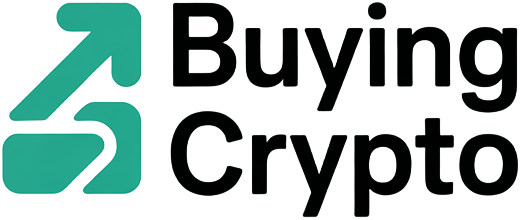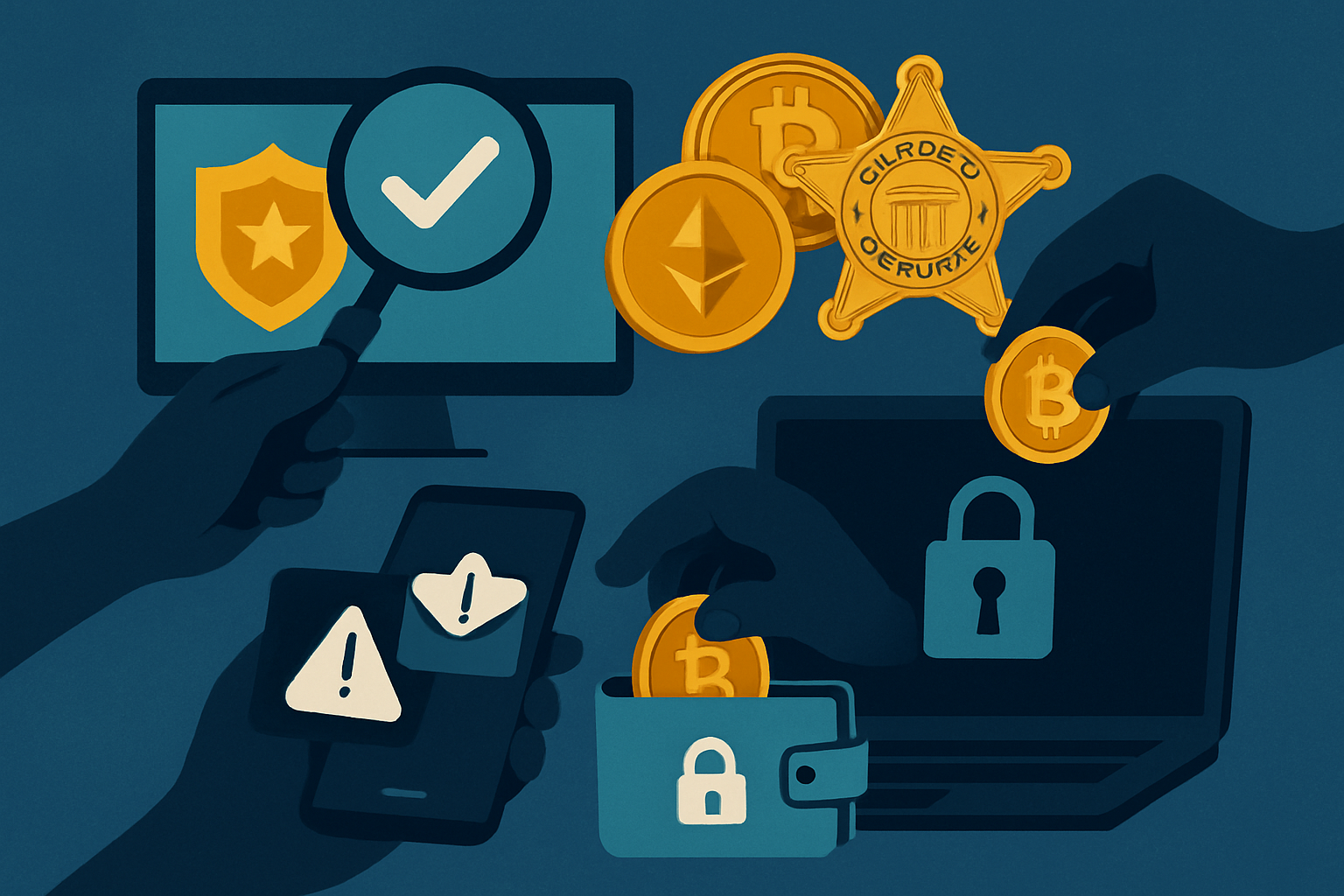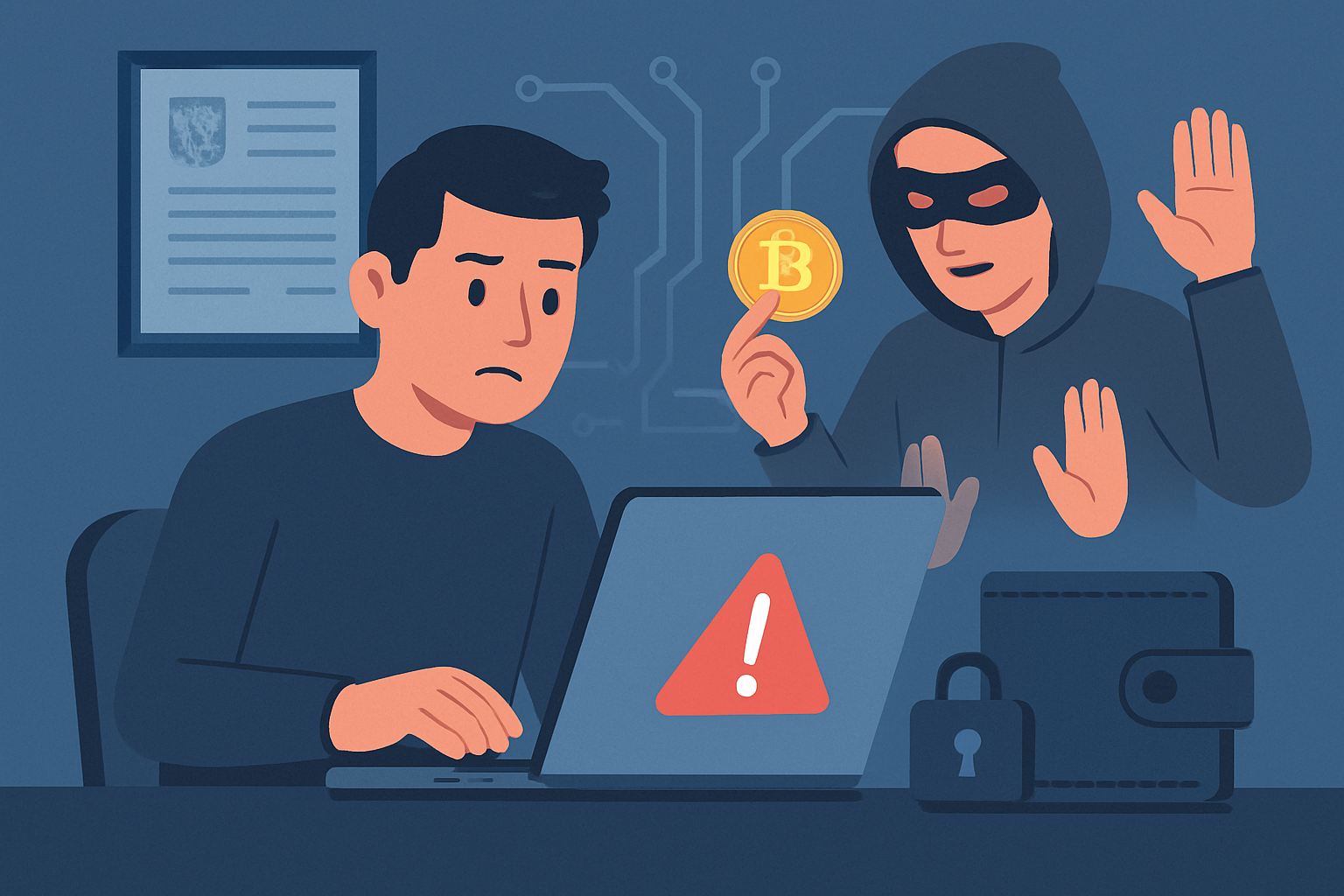Posted inCrypto Security & Safety Ecosystem News
How the U.S. Secret Service’s $400M Crypto Seizure Shapes Best Practices for New Investors
The U. S. Secret Service’s recent $400 million crypto seizure has sent shockwaves through the digital asset community, serving as a powerful reminder that cryptocurrency markets are not immune to…



